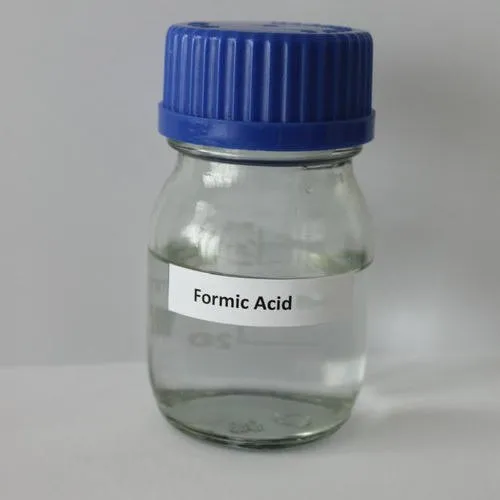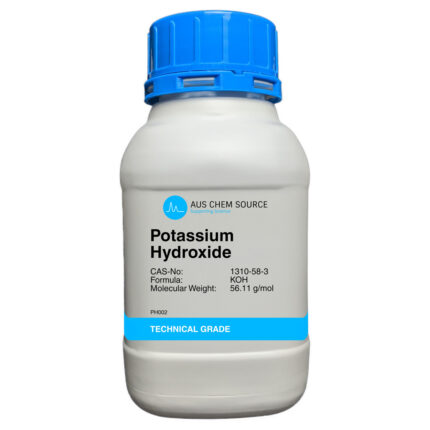Description
Formic acid, also known as methanoic acid, is a simple organic carboxylic acid with the chemical formula HCOOH or CH2O2. It is the simplest carboxylic acid and occurs naturally in various sources. Here are some key points about formic acid:
- Chemical Composition: Formic acid is composed of hydrogen (H), carbon (C), and oxygen (O) atoms. Its chemical formula, HCOOH, indicates that each molecule contains one carbon atom, two hydrogen atoms, and two oxygen atoms.
- Physical Properties:
- State: Formic acid is a colorless, pungent-smelling liquid at room temperature.
- Odor: It has a sharp, acrid odor, resembling the smell of ants, which is where the name “formic” is derived (from the Latin word “formica,” meaning ant).
- Solubility: It is highly soluble in water.
- Natural Occurrence: Formic acid is found in nature and is produced by certain insects, including ants and stinging nettles. In ants, it is used as a defense mechanism and for communication.
- Industrial and Laboratory Uses:
- Chemical Manufacturing: Formic acid is used in the production of various chemicals, including formate salts, which have applications in industries such as leather tanning, agriculture, and pharmaceuticals.
- Leather Tanning: It is used in the leather industry to pickle hides and adjust pH during tanning processes.
- Textile and Dyeing: Formic acid is employed in textile dyeing and finishing processes.
- Laboratory Reagent: It is used as a reagent in chemical laboratories for various reactions and as a reducing agent.
- Preservative: Formic acid is used as a preservative in livestock feed.
- Safety Precautions: Formic acid is corrosive and should be handled with care. Protective equipment such as gloves, eye protection, and lab coats should be worn when working with it. Adequate ventilation is important to prevent inhalation of fumes.
- Environmental Impact: The release of formic acid into the environment should be controlled, as it can have adverse effects on aquatic ecosystems and soil quality.
- Ant Venom: In the stings of some ants, particularly those of the Formicidae family, formic acid is one of the components responsible for the pain and irritation caused by their stings.
Formic acid has a range of applications in various industries, and its natural occurrence in ants has made it a subject of interest in biology and chemical ecology. Proper handling and safety precautions are important when working with this acid due to its corrosive properties.










Reviews
There are no reviews yet.